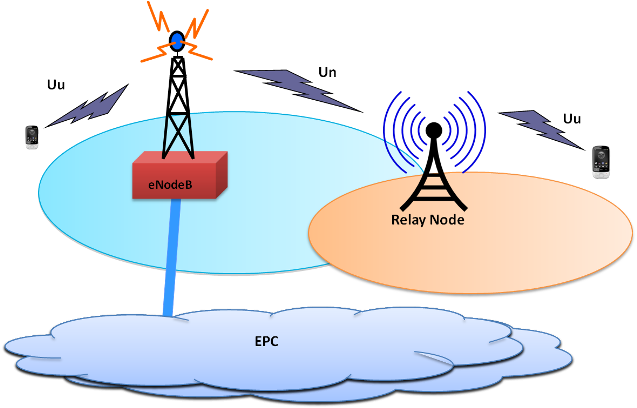According to a latest small-cell market status report by Informa Telecoms & Media, 98% of mobile operator respondents believe small cells are essential for the future of their networks. Results are based on a survey with 280 respondents from around the world, although focused on Asia, Europe and North America and more than 30% of… Continue reading Report: 98% of Mobile Operators See Small Cells Essential for Networks
Tag: Blog
Telsyte: LTE to Make Half of Mobile Services in Australia by 2016
Nearly half of all mobile connections in Australia will belong to 4G LTE by mid-2016, reports Telsyte, an Australian independent emerging technology analyst firm. Telsyte estimates 46 per cent of total mobile connections will be 4G by mid-2016 and in some cases will provide an alternative solution to fixed-line broadband.
Ericsson: LTE to Account for 10% of All Mobile Subscriptions in Latin America By 2018
According to the new Ericsson Mobility Report, LTE will account for some 10 percent (approximately 90 million) of all mobile subscriptions in Latin America by 2018. Company says that 14 million new mobile subscriptions were recorded in Q3 for a total of 676 million and estimates that another 230 million mobile subscriptions will be added… Continue reading Ericsson: LTE to Account for 10% of All Mobile Subscriptions in Latin America By 2018
Introduction of Relay Nodes in LTE-Advanced
For efficient heterogeneous network planning, 3GPP LTE-Advanced has introduced concept of Relay Nodes (RNs). The Relay Nodes are low power eNodeBs that provide enhanced coverage and capacity at cell edges. One of the main benefits of relaying is to provide extended LTE coverage in targeted areas at low cost.
Latest Status & Update of LTE Advanced
Originally, when the International Telecommunications Union (ITU) determined what was considered 4G, LTE, WiMAX, and HSPA+ did not make the cut. However, operators began using ‘4G’ term for LTE WiMAX and HSPA+ as they started commercial roll outs, making ITU to reconsider its position.
GSA: 113 Commercial LTE Networks Worldwide
According to latest GSA report, 113 operators have launched commercial LTE networks in 51 countries. Number of operators, investing in LTE, has gone up by 45% in a year to 360.
Smarter Infrastructure Needed to Handle Exploding Data Traffic
Mobile operators across the globe are being squeezed by decreasing revenues per user, and a seemingly insatiable demand by users for more data. To efficiently manage the rapidly growing increase in data traffic in their networks, mobile operators need to build and improve their infrastructure in a much smarter way than they have hitherto done.
GSA: Over 50 Mobile Networks with HD Voice Service
GSA (Global mobile Suppliers Association) has confirmed that 51 mobile networks in 38 countries have launched HD voice services. 127 phones supporting HD Voice (W-AMR) have been announced so far by 14 manufacturers, report adds. Most of these devices operate on 3G/HSPA networks, with some working on GSM networks and some on LTE networks (VoLTE).
Evolution to LTE in EMEA will require Sophisticated Diameter Signalling
Trends in Europe, Middle East and Africa all point in the same direction, as operators know that brand innovation relies on the speed at which they adopt LTE. Concurrent to LTE investments should be investments in ‘Diameter’ signalling infrastructure – critical behind-the-scenes communications necessary to make LTE succeed.
iPad 4 and iPad mini with Global LTE Support Launched
Apple has unveiled fourth generation iPad and new iPad mini with support of additional LTE bands for markets across the world. The new iPad mini features the same number of pixels as the original iPad and iPad 2 to allow apps to work that are designed specifically for iPad.



